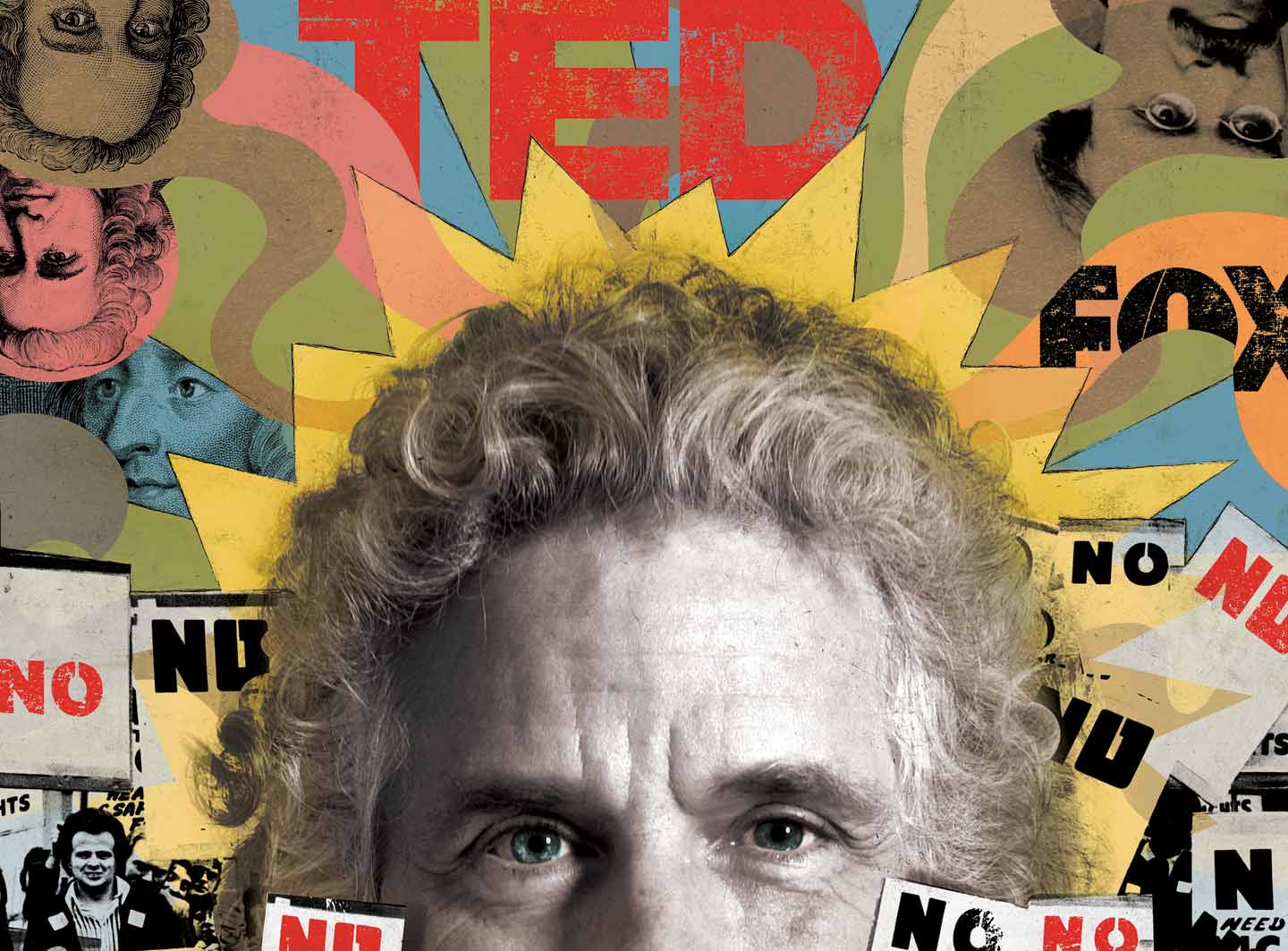

Each of these ideologies encourages unquestioning faith in a theology, social group, or idea rather than relying on reason and science to guide thinking. Pinker notes that humans have always fought entropy and the accidents, natural disasters, and disease it entails-and he hints that Enlightenment thinking provided effective tools to do so.Ĭhapter 3, “Counter-Enlightenments,” identifies three forces that inherently oppose Enlightenment thinking: religious faith, nationalism, and declinism.

Chapter 2, “Entro, Evo, Info,” explores three forces that shape the universe and life: entropy, or inevitable decay or chaos evolution, or change over time and information, or the ability to interpret surroundings and communicate with others. He credits Enlightenment-era reason and humanism with helping society “escape from ignorance” and “terror” (10) by recognizing individual sentience and abolishing practices like slavery and torture.

Pinker emphasizes the irrational religious beliefs and superstitions that informed pre-Enlightenment worldviews about everything from nature and the weather to government, law, and crime. Borrowing Immanuel Kant’s line “Dare to Understand!” as the title of Chapter 1, Pinker explains that Kant, a renowned Enlightenment philosopher, argued that instead of obliviously following religious dogma or political authority, people should rely on reason to constantly question and improve practices and institutions-and that no one should obstruct progress. In his preface, Pinker outlines the purpose of his work and thanks the scholars whose research he uses in his arguments. This study guide refers to the Kindle edition of the book.Ĭontent Warning: This guide references mental health conditions, anti-gay sentiment, death by suicide, sexual servitude, abuse, police violence, slavery, torture, and murder.


 0 kommentar(er)
0 kommentar(er)
